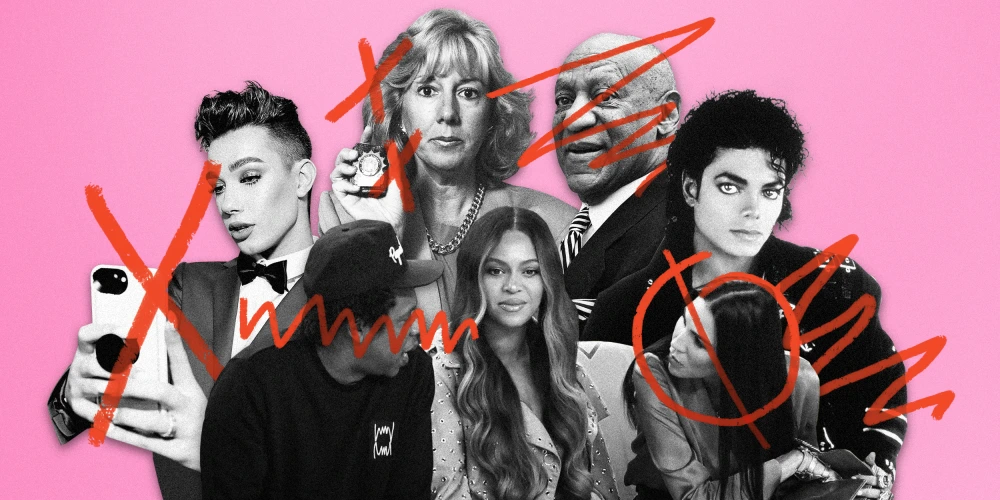By now, we’re all aware of the term personal branding, which in some circles gets thrown around like synergy in corporate boardrooms or intersectionality at liberal arts colleges—terms so overused they’ve practically lost any connection to their original meanings, if they ever had them. But here we are. If brands are designed narratives—shiny, sleek, and perfectly manicured stories meant to evoke trust, loyalty, and that sticky emotional connection marketers love so much—then why can’t we treat ourselves like products too?
It’s all so seductive, really. I mean, if Nike can tell us to “Just Do It,” what’s stopping you from becoming your own living, breathing slogan? But herein lies the rub, the one that ought to give us pause before we self-commodify to the point of branding our morning coffee order. Can we actually design a person’s narrative with the same malleability we assign to a company, a product, or a brand?
To unpack this, let’s remember, or maybe introduce, a distinction. A brand, at its core, is not merely a logo or tagline (despite what most think). It’s a carefully controlled story, punctuated by human values, plastered across billboards and Instagram ads, only to be confirmed (or refuted) when the product arrives at your door or in your hands. The whole thing—the narrative, the story—is meticulously orchestrated to convince you of something; namely, that this company is not only reliable and awesome, but also morally sound, maybe a little cool, and increasingly (though this might be waning) socially aware.
Which brings us to the personal. Can a person’s narrative be designed like that? Oh, sure. Go ahead and slap your best headshot on LinkedIn, dust off the ol’ Instagram bio, and post a TEDx talk where you say words like “disrupt,” “transformative,” and “journey” at least 11 times in under 12 minutes. You can do all that. You should do all that if your goal is to succeed in a world where everything is vying for our attention. The problem arises, though, when we assume that this manicured version of you is anything more than a well-designed story. Because while you can curate and shape your narrative, people, unlike brands, are far messier.
This becomes even more obvious when we look at politicians or public figures, especially during an election year, where personal branding reaches levels of high art. Politicians, for better or worse, are prime examples of living brands. Think about it—each one meticulously crafts a narrative that’s part ideology, part identity, part polished performance. They market themselves not just on their policies but on the story they represent: the candidate who will restore “American greatness,” the one who stands for “the people,” or the one who fights for “progress.” Every slogan, every carefully timed soundbite, and every handshake is part of a grand narrative designed to make us believe they are the perfect fit for our collective future.
But here’s the catch: people, unlike brands, cannot always control the way they’re perceived. Politicians—despite all the rehearsed speeches, the choreographed photo ops, and the PR-managed gaffes—are vulnerable to the messiness of real life. One viral video or one poorly timed comment can unravel months of carefully crafted narrative work. The public demands authenticity but punishes imperfections, and this tightrope between the polished persona and the unfiltered human is something no brand has to walk. Brands don’t accidentally trip onstage or lose their tempers during a debate.
So, can we actually design a person’s narrative, especially when they’re under the public eye? Sure, politicians and celebrities attempt it all the time. But there’s always that pesky thing called reality waiting in the wings, ready to crash through the façade. While brands, as fictive entities, maintain a degree of control over their stories, people are far less malleable. Life is unpredictable, humans are contradictory, and no amount of branding can completely erase that fact.
Brands, as fictive as they are, don’t wake up at 2 a.m. in a cold sweat wondering whether they’re impostors. Brands don’t have self-doubt, existential crises, or random Saturday afternoons where they binge-watch three seasons of a show they’re not even sure they like. Brands are designed, people are inherently not. This doesn’t mean people can’t aspire to clarity, purpose, or intentionality in the way they present themselves to the world—of course they can. But where brands are inherently constructed, people are dynamic, evolving, living organisms.
In The Brand Revolution: How Purpose is Evolving—wait, we’re still talking about that? (Yes.)—we explore how brands have learned to pivot, shifting their narratives in response to cultural moments, public criticism, or shifting market forces. Similarly, a person’s narrative is never static. It shouldn’t be. Yet, in this age of personal branding, there’s immense pressure to freeze oneself at a single narrative moment, to present the cleanest, most digestible version of you for all eternity. But can you really “design” a personality without erasing all the beautiful, unpredictable parts of yourself that, well, make you human?
Here’s the dilemma: branding a person risks turning them into a fixed, marketable asset—a kind of human-as-product, distilled and polished into something others can digest. But people aren’t objects of consumption (or, at least, they shouldn’t be). Once you turn yourself into a brand, a narrative you think others will consume, you run the risk of losing the complexity and messiness that make you, you. And this is where the brand analogy begins to break down.
Brand narratives are engineered to be consumed—simple, concise, easily understood in a 30-second ad. People, on the other hand, are complex narratives in progress, constantly edited by life experiences. When we attempt to “design” ourselves like we design brands, we risk flattening that complexity, losing our contradictions and paradoxes in the process.
So, back to the central question—can we design a person’s narrative? Well, in the strictest sense, we can attempt it. We can build an exterior story, a curated version of ourselves that the world sees. But the reality of being human, in all its messy, uncontrollable, and often contradictory glory, will always resist the tight, neat structure of a brand story.
In the end, you have to ask yourself: do you want to be a narrative, or a person?





